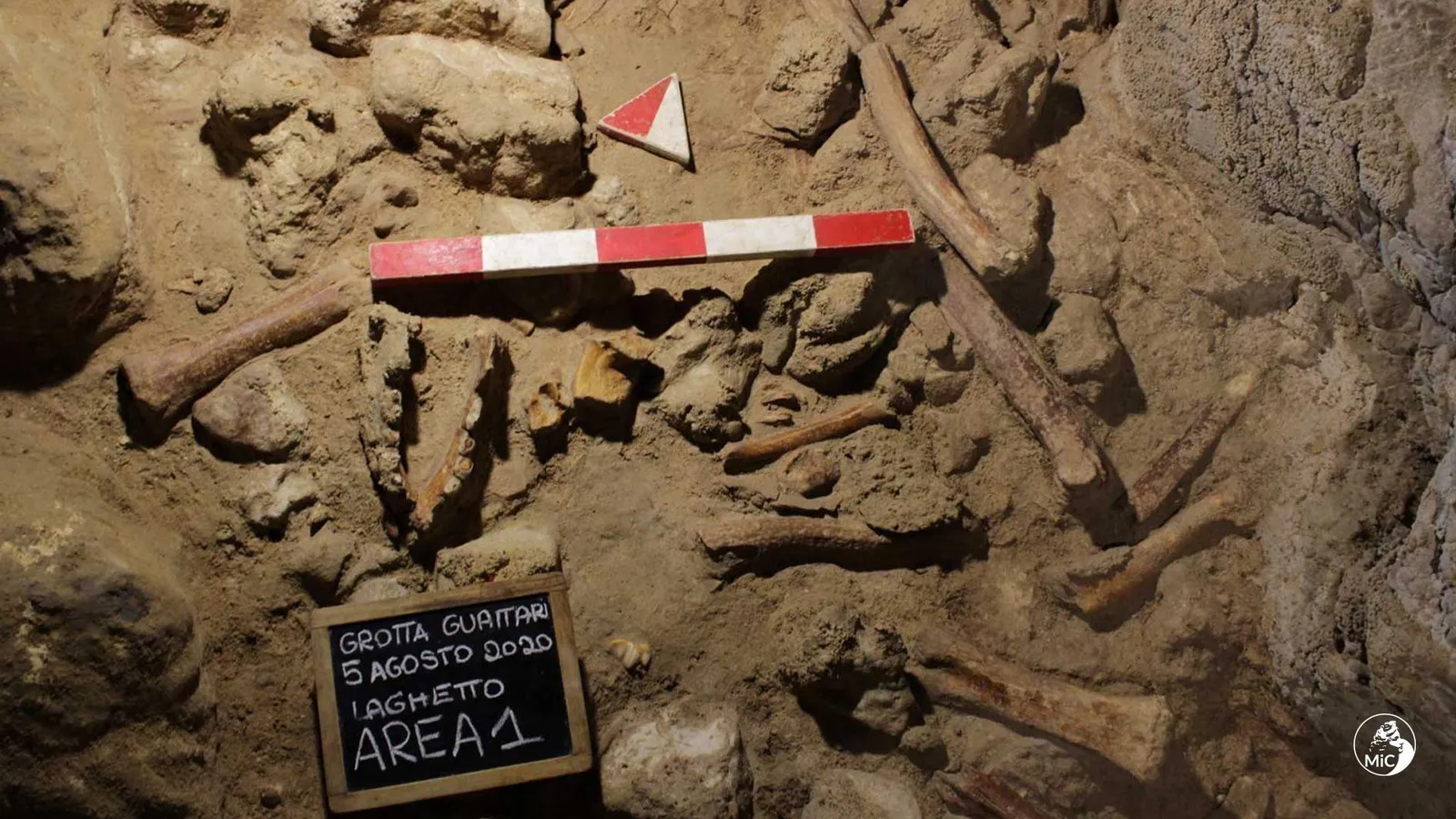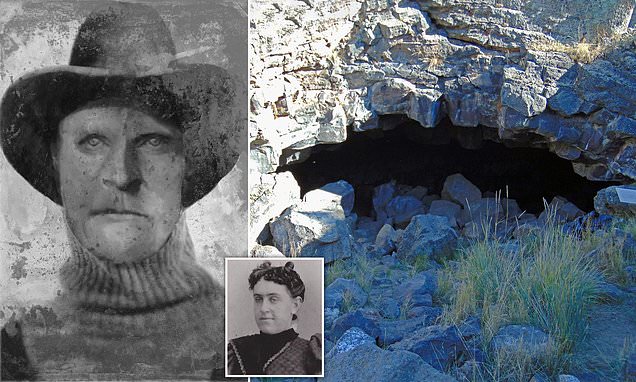National monuments symbolize pride, resilience, culture, and identity. They commemorate historical moments, honor significant individuals, and celebrate collective triumphs. Yet beneath their majestic exteriors often lie hidden secrets—forgotten stories, architectural oddities, and even deliberate mysteries. From ancient stone structures to modern memorials, these landmarks whisper tales that history books don’t always tell.
In this article, we delve deep into some of the world’s most iconic national monuments to uncover the secrets they conceal and the fascinating lore surrounding them.
1. The Statue of Liberty – A Beacon with Hidden Messages
Gifted by France to the United States in 1886, the Statue of Liberty stands tall as a global symbol of freedom. But Lady Liberty harbors more than just symbolism; she holds a few secrets within her copper frame.
Secret Rooms and Sealed Doors
Few people know about the room inside the flame. Initially, visitors could ascend into the torch and gaze out over New York Harbor. However, after an explosion in 1916 caused by German saboteurs during World War I (the Black Tom explosion), access was permanently closed. The torch’s internal staircase remains off-limits, and the room behind it remains a locked mystery to the public.
Chains at Her Feet
At her feet, broken shackles lie—often unnoticed. These symbolize the abolition of slavery, a critical part of her message that was once downplayed during her unveiling due to the political climate of the era.
2. Mount Rushmore – A Giant Sculpture with a Hidden Vault
Carved into the Black Hills of South Dakota, Mount Rushmore features the faces of four U.S. Presidents—George Washington, Thomas Jefferson, Theodore Roosevelt, and Abraham Lincoln. However, this massive carving harbors a lesser-known secret.
The Hall of Records
Behind Lincoln’s head lies an unfinished chamber called the Hall of Records, envisioned by sculptor Gutzon Borglum. It was meant to be a grand archive holding essential documents like the Constitution and the Declaration of Independence. Although never completed due to funding issues and Borglum’s death, a small granite vault with porcelain panels inscribed with historical documents was eventually placed there in 1998. The chamber is not open to the public and remains largely shrouded in mystery.
3. The Eiffel Tower – A Secret Apartment in the Sky
Though not always considered a national monument in the traditional sense, the Eiffel Tower is undeniably one of France’s most iconic landmarks. Nestled atop this iron giant is a secret apartment designed by the tower’s creator, Gustave Eiffel.
Eiffel’s Private Refuge
Eiffel’s apartment, located just below the tower’s third platform, was a cozy retreat used to entertain notable guests like Thomas Edison. Decorated with wooden furniture and scientific instruments, it was once the highest private apartment in Paris. While not accessible to visitors for many years, it has now been restored and partially opened to the public, giving a glimpse into Eiffel’s private world.
4. Lincoln Memorial – Hidden Messages and Symbolism
Located on the western end of the National Mall in Washington, D.C., the Lincoln Memorial is more than just a shrine to the 16th President of the United States. It’s a structure layered with symbolism and subtle surprises.
The Fascist Connection?
The memorial’s architecture borrows heavily from classical Greek styles, but the fasces—a bundle of rods with an axe—carved on the chair’s base often spark curiosity. While fasces were originally Roman symbols of unity and strength, they were later adopted by fascist regimes in the 20th century. However, they likely emphasize Lincoln’s role in preserving the Union.
Possible Typographical Error
Lincoln’s Second Inaugural Address inscribed features the word “FUTURE.” However, a stonecutter accidentally began carving an “E” instead of an “F.” Although corrected, the faint original line remains visible—an accidental echo of human error etched in stone.
5. The Great Wall of China – More Than a Wall
The Great Wall of China, often called the longest cemetery on Earth, stretches over 13,000 miles and has layers of hidden history.
Buried Workers
Legends tell of laborers buried within the wall, though historians debate the veracity. While no mass graves have been definitively identified inside the wall’s structure, millions of workers, including prisoners and soldiers, perished during its construction.
Secret Signal Systems
The wall wasn’t merely defensive; it was also a communications network. Beacon towers spaced strategically allowed soldiers to send messages using smoke by day and fire by night, an ancient form of long-distance messaging technology.
6. The Taj Mahal – A Mausoleum of Mystery
One of the world’s most beloved monuments, the Taj Mahal in India is a UNESCO World Heritage Site, built by Emperor Shah Jahan in memory of his wife, Mumtaz Mahal.
The Black Taj Legend
According to legend, Shah Jahan had plans to build a mirror image of the Taj in black marble across the Yamuna River as his tomb. While no definitive evidence has confirmed this, ruins across the river and historical writings hint that there might be truth to the tale.
Sealed Rooms
Beneath the Taj are sealed chambers, said to contain tombs or hidden relics. The Indian government has restricted access for conservation, but the secrecy has sparked wild theories ranging from ancient Hindu temples to treasure hoards.
7. Stonehenge – The Prehistoric Enigma
In England, Stonehenge stands as one of the most mysterious monuments in the world. Constructed between 3000 and 2000 BCE, its origins remain elusive.
Acoustic Secrets
Archaeologists discovered that Stonehenge has acoustic properties—its stones create unusual echoes and sound effects. Some theories suggest that the site was designed for ceremonies involving sound, perhaps as a prehistoric auditory experience.
Astronomical Alignments
The stones are also aligned with celestial events, including solstices and eclipses. This implies a sophisticated understanding of astronomy by its builders—an ancient calendar encoded in stone.
8. The Washington Monument – Symbolism in Stone
The Washington Monument, an obelisk honoring George Washington, reaches over 555 feet into the sky. While it appears simple, it contains several secrets.
Color Change Midway
If you look closely, there’s a visible color change halfway up the monument. This isn’t symbolic—it happened because construction was halted for decades due to funding issues and the Civil War. When resumed, a different stone was used, creating a distinct line.
Aluminum Capstone
At its completion in 1884, aluminum was more valuable than silver. The monument’s capstone is made of solid aluminum, inscribed with “Laus Deo” (“Praise be to God”), a phrase invisible from the ground.
9. Moai Statues of Easter Island – Bodies Beneath the Heads
The Moai statues of Easter Island are famous for their enormous heads, but that’s not the whole story.
Full-Body Structures
Excavations revealed that these heads are connected to full torsos buried underground. Some statues are over 30 feet tall and contain petroglyphs and symbols on their hidden bodies.
These carvings could hold keys to the islanders’ religion, rituals, and social hierarchy, offering a deeper understanding of a civilization long gone.
Conclusion: What Lies Beneath the Surface
National monuments are visual anchors of our shared past—but they’re far more than just aesthetic or commemorative. Within their stones, walls, and corridors lie forgotten intentions, encrypted meanings, and enigmatic features that often escape the average visitor’s eye.
Whether it’s secret chambers, lost histories, architectural quirks, or mythic lore, these structures remind us that history is rarely as straightforward as it seems. Next time you stand before a national monument, look a little closer—you might just uncover a story waiting to be told.




